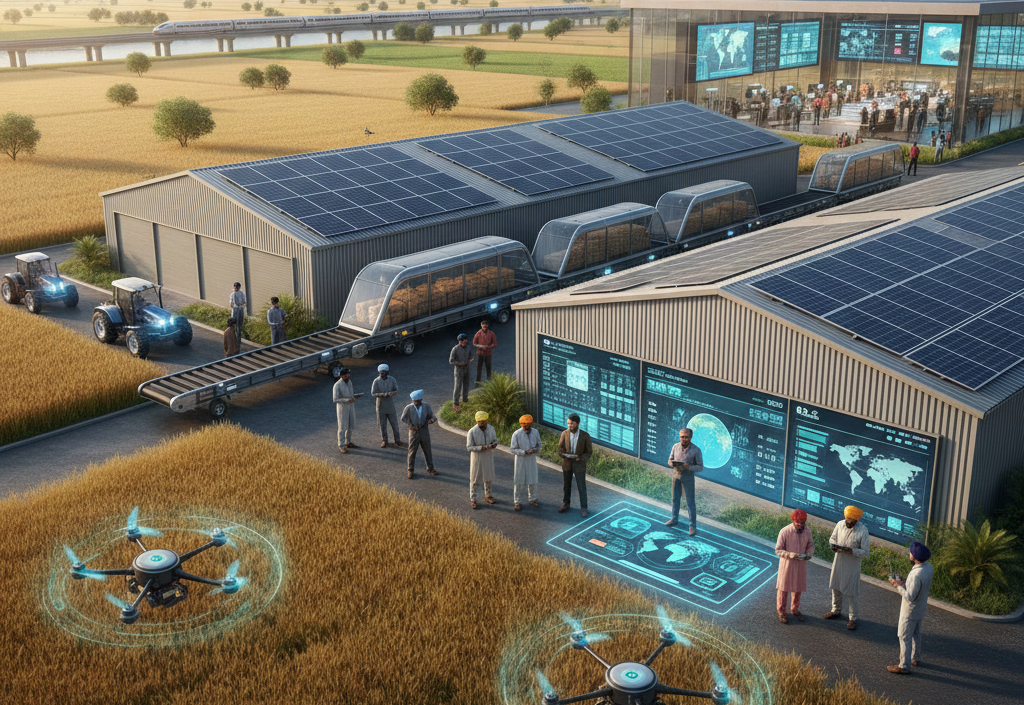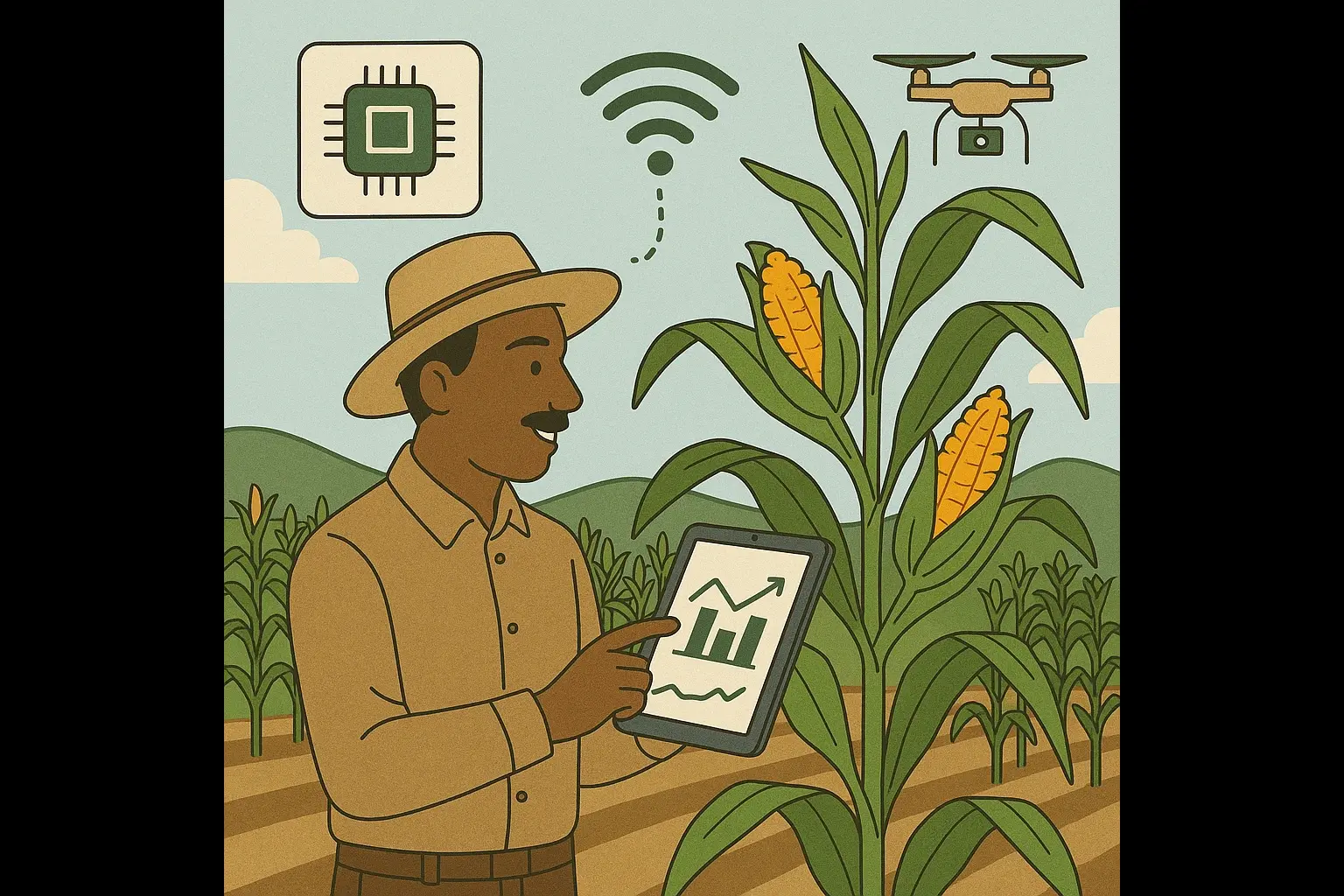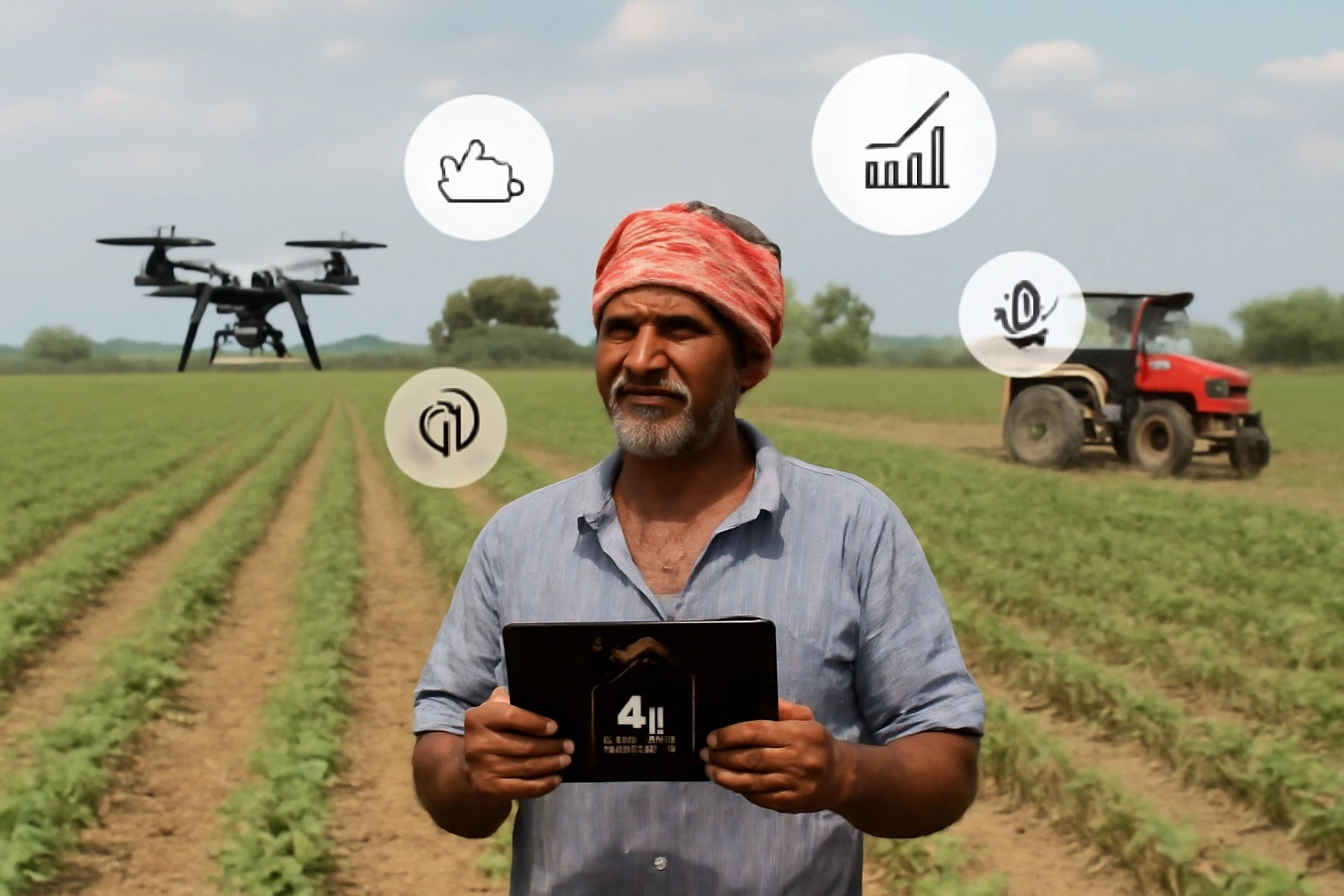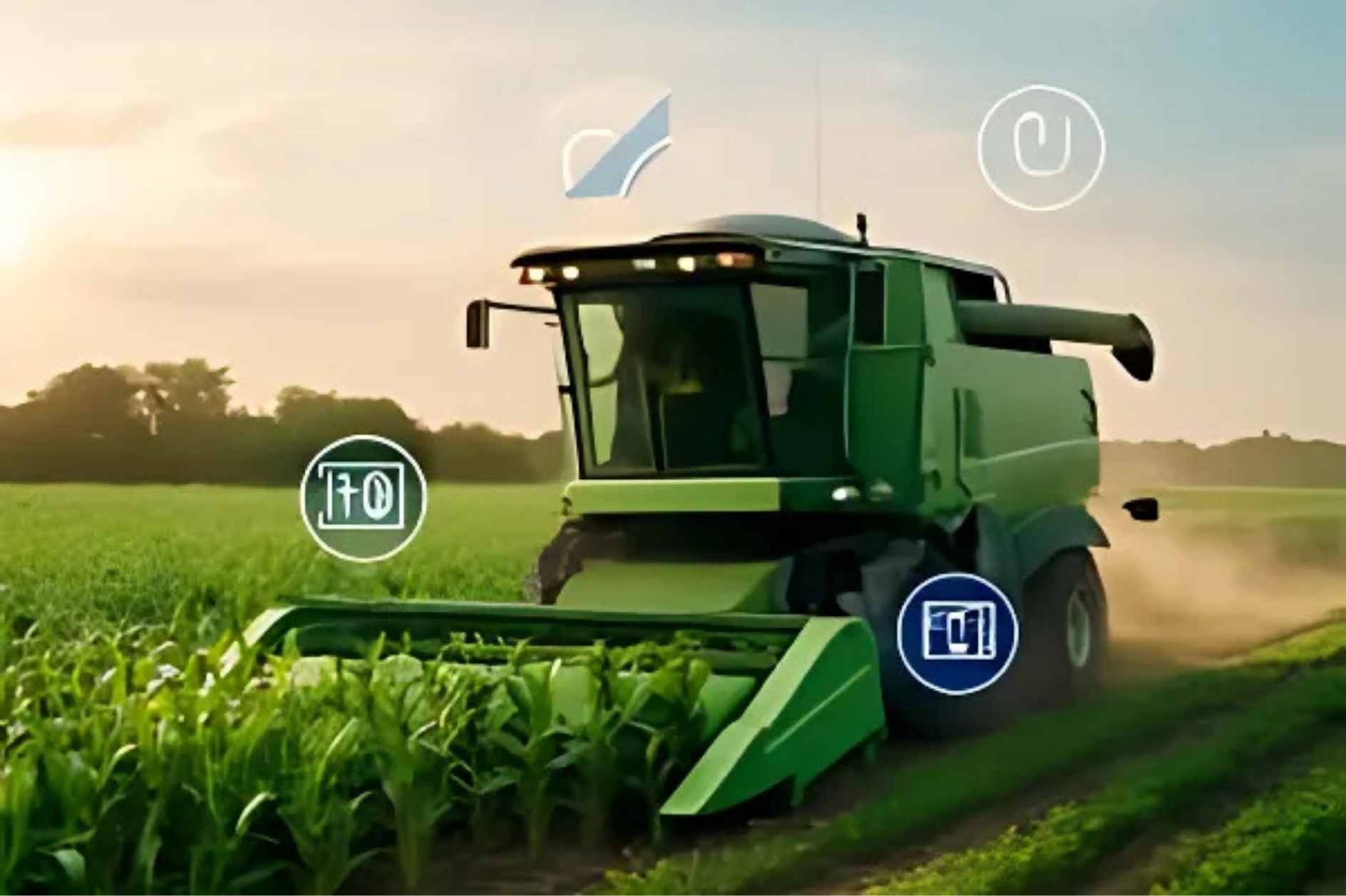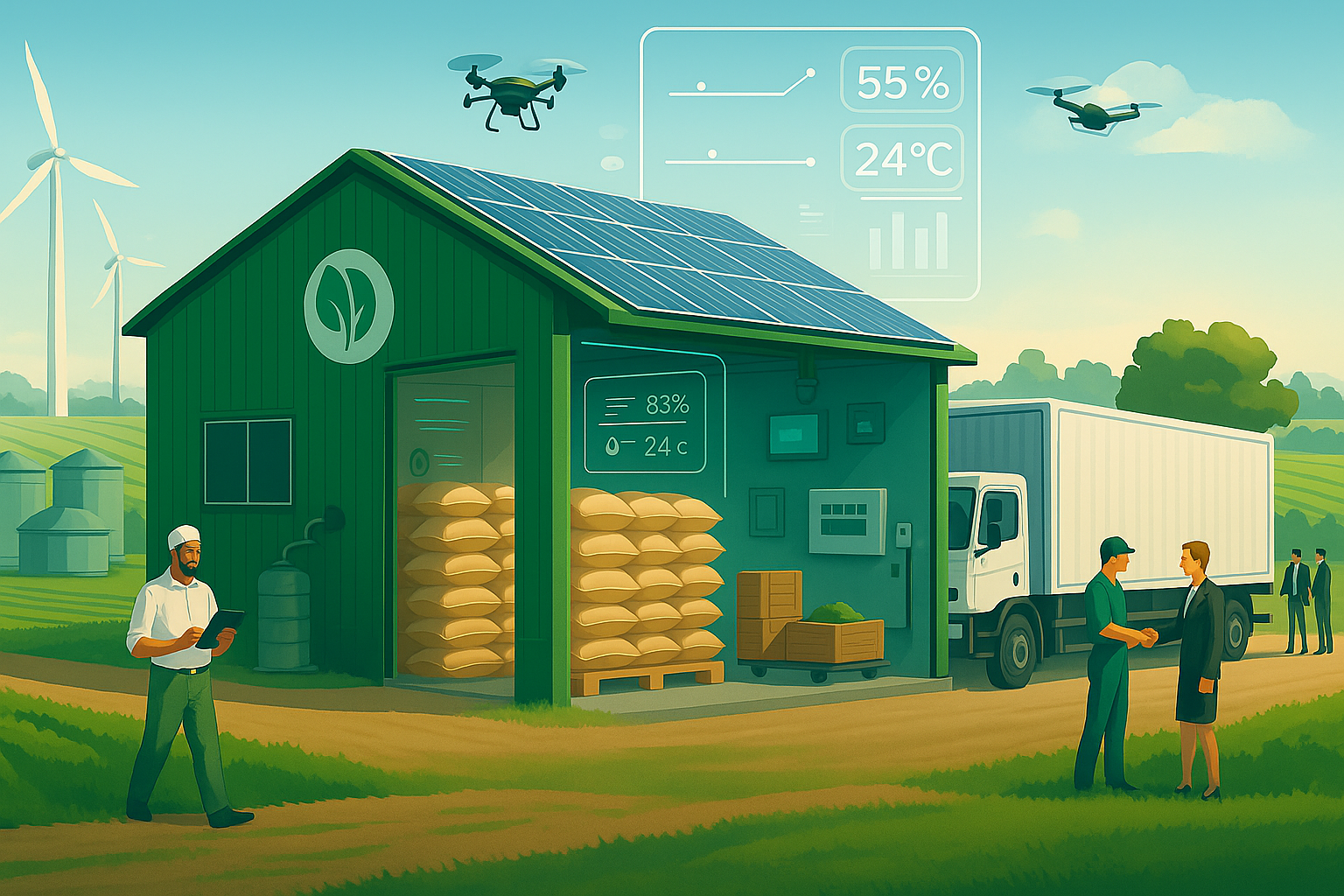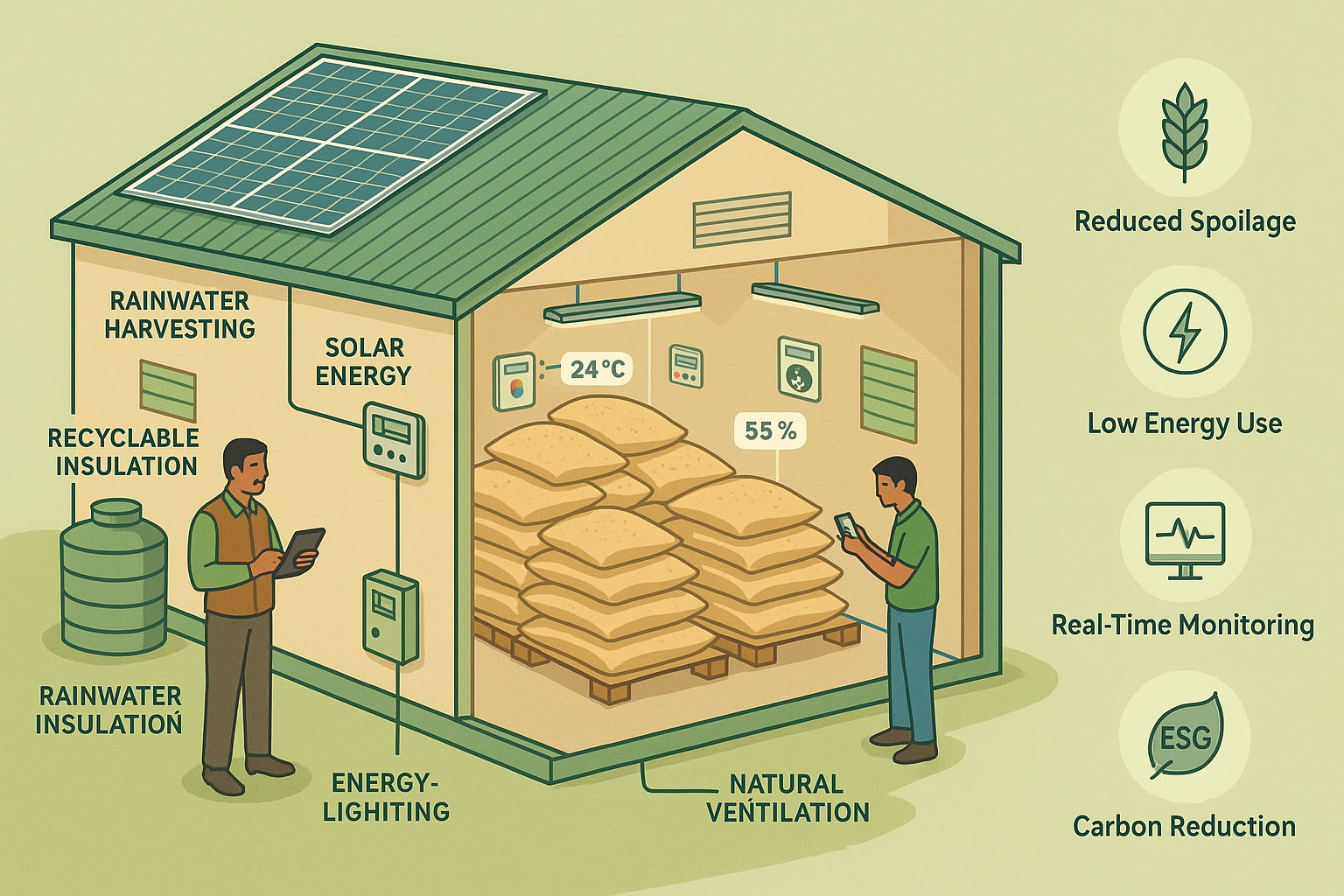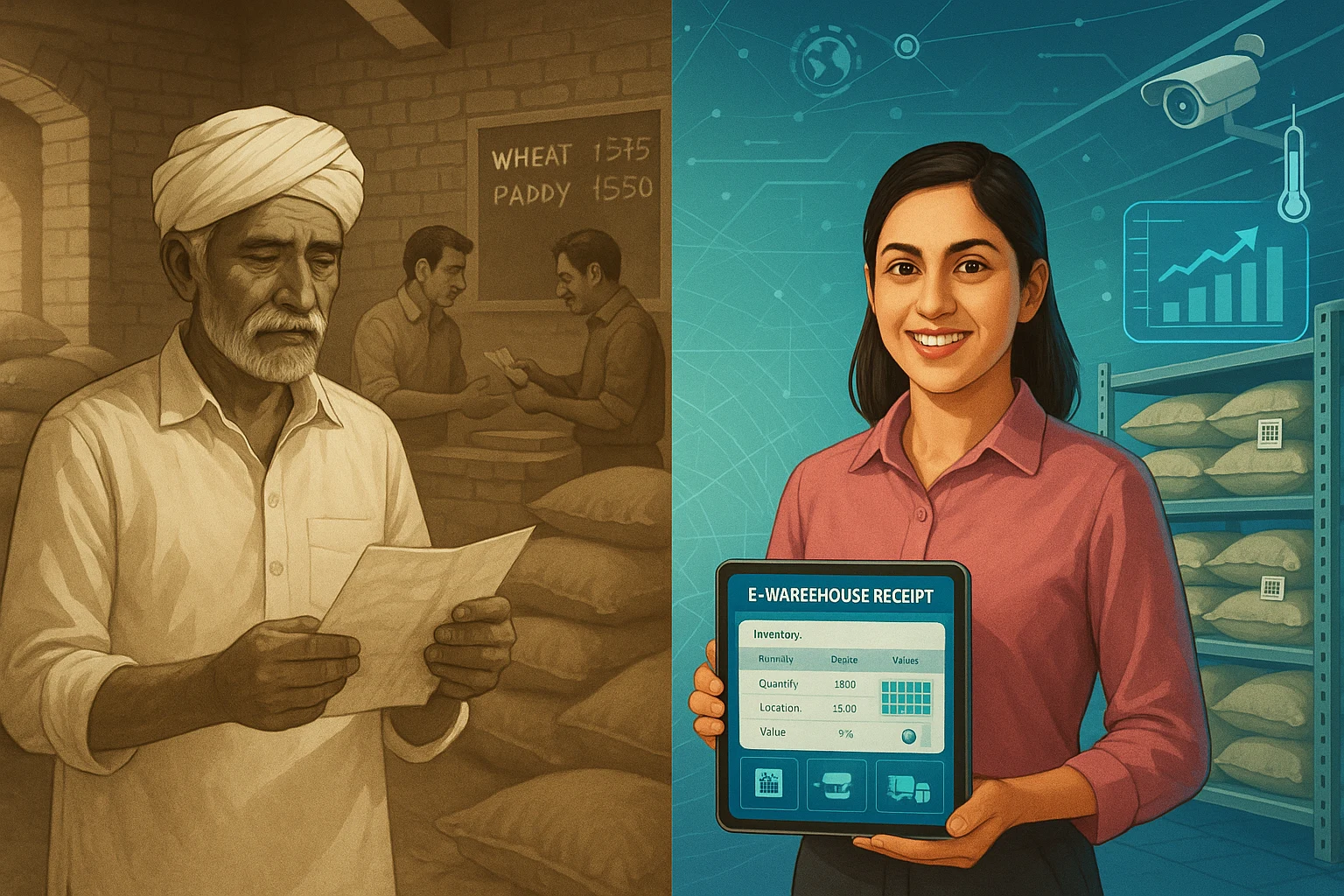If there’s one industry that’s changing faster than most people realize, it’s agriculture. What used to be a heavily manual, paperwork-driven, slow-moving sector is now stepping into a future shaped by technology, data, and smarter trade systems. Farmers are getting direct access to markets, exporters are cutting down delays, and global buyers want traceability from farm to plate.
As food demand rises and supply chains stretch across continents, agricultural trade needs to be more efficient, transparent, and connected than ever. That’s exactly where the next wave of innovation is heading.
Let’s have a look at the latest trends in trade facilitation that are shaping the future.
Future Trends in Agricultural Trade Facilitation
1. Digital Transformation in Agriculture Trade
Digital systems are becoming the backbone of modern agriculture. Exporters no longer want to deal with piles of documents, long queues at customs, or slow verification processes. With the rise of digital platforms, blockchain-based records, automated compliance checks, AI-powered documentation, and e-signatures, cross-border trade is getting simpler and faster. This digital transformation in agriculture trade is cutting down weeks of processing into a matter of hours, making global shipments more reliable and cost-effective.
2. E-Commerce Solutions for Agribusinesses
Selling agricultural products has shifted from physical mandis to digital storefronts. Farmers and agribusinesses today can list their products on B2B marketplaces, connect directly with global buyers, and negotiate prices without intermediaries. These e-commerce solutions for agribusinesses help producers reach new markets, reduce middleman costs, and build long-term buyer relationships. For exporters, this creates a steady pipeline of verified orders backed by secure payment systems.
3. Smart Logistics and Real-Time Supply Chain Visibility
Supply chains are no longer blind. Thanks to IoT sensors and real-time tracking tools, exporters can now monitor every aspect. It includes the location of the shipment, temperature, and humidity (crucial for perishables), expected delivery times, and storage conditions. This level of visibility helps avoid spoilage, delays, and financial losses. It also creates more predictable trade cycles, making global buyers trust Indian agribusinesses more.
4. Blockchain for Traceability and Compliance
Global buyers want to know where their food comes from. Was it grown responsibly? Is it pesticide compliant? Has the supply chain been tampered with? Blockchain is answering all these questions with tamper-proof records. It ensures every step, from harvesting to shipping, is transparent and traceable. This strengthens India’s agricultural credibility on the world stage, especially for high-value exports like spices, grains, and processed foods.
5. Climate-Resilient Trade Practices
With unpredictable weather becoming more common, agricultural trade must adapt to ensure reliability. Climate-resilient practices are now a key trend, including using predictive weather analytics to plan export schedules, ensuring climate-safe storage for sensitive products, and optimizing trade routes to avoid extreme weather conditions. These measures help protect farmers and exporters from unexpected disruptions, making trade more stable and efficient.
6. Automation and Robotics in Post-Harvest Handling
Post-harvest processes like sorting, grading, and packing were once manual tasks, but automation is now transforming them. Modern warehouses use automated grading machines, robotic arms for handling produce, and smart packaging lines. These technologies improve consistency, speed up processing, and reduce costs. For international trade, maintaining uniform quality is crucial, and automation ensures that every product meets the highest standards.
7. Cross-Border Digital Corridors
Countries are slowly adopting paperless trade corridors; digital pathways where customs documents, permissions, and certificates flow seamlessly between nations. These corridors reduce paperwork errors, speed up approval times, and cut down the cost of moving goods across borders. As India expands its digital trade agreements, agricultural exporters will benefit the most.
8. Financing Solutions Powered by Data
Access to finance has traditionally been a challenge for small and mid-sized agribusinesses, but that’s changing with data-driven financing. Banks and NBFCs now use satellite imagery, crop health reports, supply chain visibility data, and real-time trade records to assess borrowers. This approach speeds up the loan process, improves accuracy, and provides farmers and exporters with the financial support they need to grow their businesses.
9. Sustainability and Ethical Trade Compliance
Sustainability is now a must in agricultural trade. International buyers are increasingly seeking ethically sourced, eco-friendly, and sustainably produced agricultural products. As a result, exporters are focusing on improving waste management, carbon tracking, water-efficient production, and organic, residue-free farming. Meeting sustainability standards is becoming a competitive edge, helping businesses stand out in global markets and attract more environmentally conscious buyers.
How These Trends Will Shape the Future Agribusiness Landscape
All these shifts point in one direction: a smarter, more connected, and more transparent agricultural trade ecosystem.
- Farmers get better prices.
- Businesses expand their global reach.
- Supply chains become more predictable.
- Buyers trust Indian commodities more.
The future of agribusiness is not just about bigger volumes; it’s about better systems, deeper visibility, and higher-quality trade interactions.
The Role of Integrated Trade Platforms in Driving This Future
As trade becomes more digital, end-to-end platforms will play a bigger role in connecting the dots. Platforms that combine procurement, storage, quality testing, logistics, compliance, and marketplace linkages will help agribusinesses move faster and operate with more confidence.
These platforms reduce friction across the entire value chain and make global trade accessible even for smaller players.
To Sum Up
Agricultural trade is entering a new era, one driven by digital tools, smarter logistics, and transparent systems. As these trends grow stronger, businesses that adapt early will enjoy better access to global markets and higher profitability.
Marketplaces like StarAgri are already pushing this transformation forward by offering modern agri trade solutions that help farmers and agribusinesses grow with confidence.
Get in touch with us to futureproof your agribusiness!
FAQ’s
What is agricultural trade facilitation?
Agricultural trade facilitation refers to streamlining the processes involved in buying and selling agricultural products across borders using technology, logistics, and digital solutions.
What are climate-resilient practices in agricultural trade?
Climate-resilient practices include using weather forecasting tools, optimizing storage, and planning logistics around environmental conditions to protect crops and trade.
Why is traceability important in agricultural exports?
Traceability assures buyers about the product’s origin, quality, and safety standards. It increases buyer trust and enables smoother trade in global markets.
What role does e-commerce play in global agricultural trade?
E-commerce platforms connect farmers directly to international buyers. It enables them to sell products efficiently, expand market reach, and improve profit margins.
How can AI improve agricultural trade?
AI aids in predicting demand, optimizing pricing, and forecasting weather conditions. It helps agribusinesses make informed decisions, reduce risk, and improve global trade efficiency.
Disclaimer
The content published on this blog is provided solely for informational and educational purposes and is not intended as professional or legal advice. While we strive to ensure the accuracy and reliability of the information presented, StarAgri make no representations or warranties of any kind, express or implied, about the completeness, accuracy, suitability, or availability with respect to the blog content or the information, products, services, or related graphics contained in the blog for any purpose. Any reliance you place on such information is therefore strictly at your own risk. Readers are encouraged to consult qualified agricultural experts, agronomists, or relevant professionals before making any decisions based on the information provided herein. StarAgri, its authors, contributors, and affiliates shall not be held liable for any loss or damage, including without limitation, indirect or consequential loss or damage, or any loss or damage whatsoever arising from reliance on information contained in this blog. Through this blog, you may be able to link to other websites that are not under the control of StarAgri. We have no control over the nature, content, and availability of those sites and inclusion of any links does not necessarily imply a recommendation or endorsement of the views expressed within them. We reserve the right to modify, update, or remove blog content at any time without prior notice.

